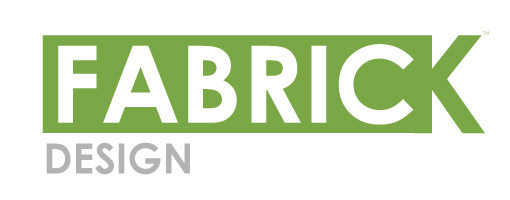About | Fabrics and Buttons
Fabrics are complex objects comprised of many individual strands of material. A single fiber can vary in thickness, color, and texture. Strands - similar or variable - are intimately woven together in elegant patterns to form a single uniform object; a shirt, hat, scarf, etc.
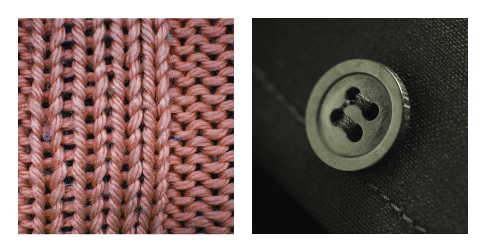
Buttons, on the other hand, are not as complex. They are singular, unitary and homogeneous objects. One of their primary functions is to provide accent. Buttons are few, yet offer contrast and additional visual interest to the fabrics they are affixed to.
Fabrics are the foundation; Buttons are the flair. Despite being incomparable in every way, when integrated together, in proper balance, fabrics and buttons create very beautiful and harmonious objects that we use everyday.
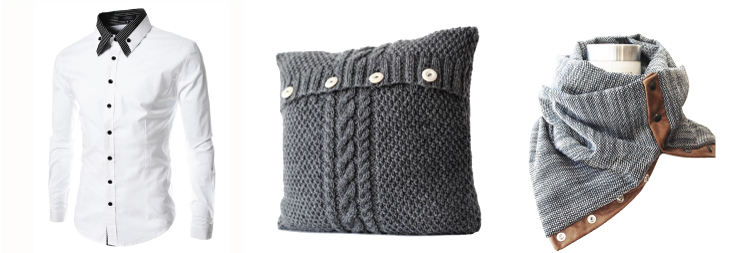
The relationships within the built environment are identical to the relationship between fabrics and buttons. Only the components change. The strands of material now become “brick and mortar” and architectural. Distinct attributes are embedded in locally sourced materials, methods, motifs and existing structures, which yield an original character as well as support of sustainable practices. These types of architectural materials are used to form the very fabric of physical society - buildings, spaces, and objects - and consequently a unique imagery of place. These objects and spaces are finally "woven" together to create a foundational and unified whole; the city, the town, the neighborhood. The similarity between fabric-making and place-making I call, Fabri(k) [ fabric + brick = Fabri(k) ]
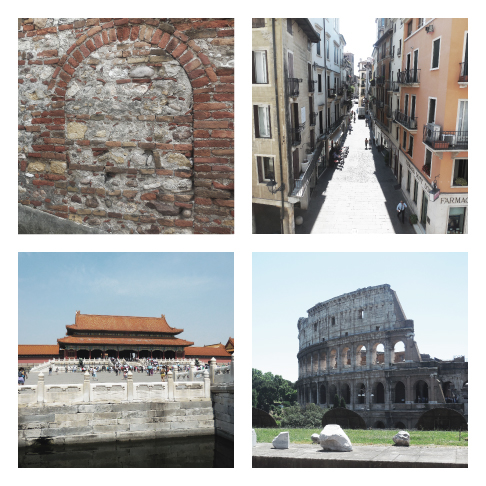
Fabri(k) in this sense transcends simply being the foundation for a place. Now, it is able to continue the unique historical narrative of a place, while contributing new and modern layers to the city palimpsest
| pal - imp - sest | [the physical layers of a place due to the passing of time and continual reuse]
The “buttons” in this instance are the civic landmarks and monuments that serve as cultural markers of a places' social identity. They are carefully located and most effective when they are few in number in contrast to the amount of Fabri(k). Together, and again in balance, they form the basis for functional, sustainable, handsome, and cohesive places.
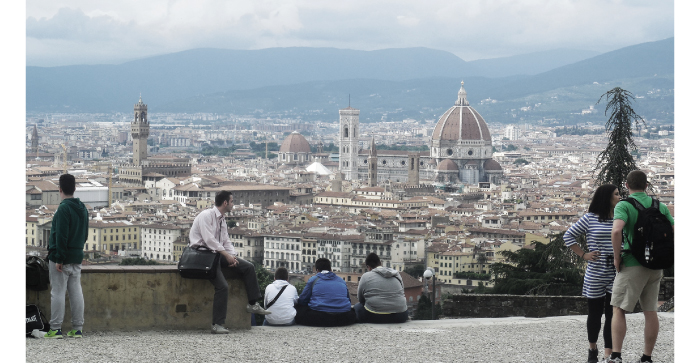
The Cathedral of Santa Maria and the Palazzo Vecchio dominate the Florentine skyline. The urban Fabri(k) of the city of Florence is the backdrop that supports these two cultural monuments.
Today the balance between these two components of the built environment - Fabri(k) and Buttons - is inequitable and disproportionate. Every building it seems, culturally significant or not, desires to be a monument or cultural icon. Nothing desires to be the substrate that holds everything together.
FABRI(K) DESIGN PHILOSOPHY
My design philosophy is grounded in influencing the urban Fabri(k), serving as a counterweight toward the substantial attention given to the monumental realm of design. It focuses on the foundation of places and the people that will use them. It explores design solutions that integrate local materials, forms, methods, and existing conditions to create sustainable value in buildings, spaces, furniture, and products - objects that reflect the distinct character of its locale.
My ethos is simple: To hold together the character of places through contextual, sustainable, and people-oriented design.
CONTEXTUAL . SUSTAINABLE . PEOPLE-ORIENTED
